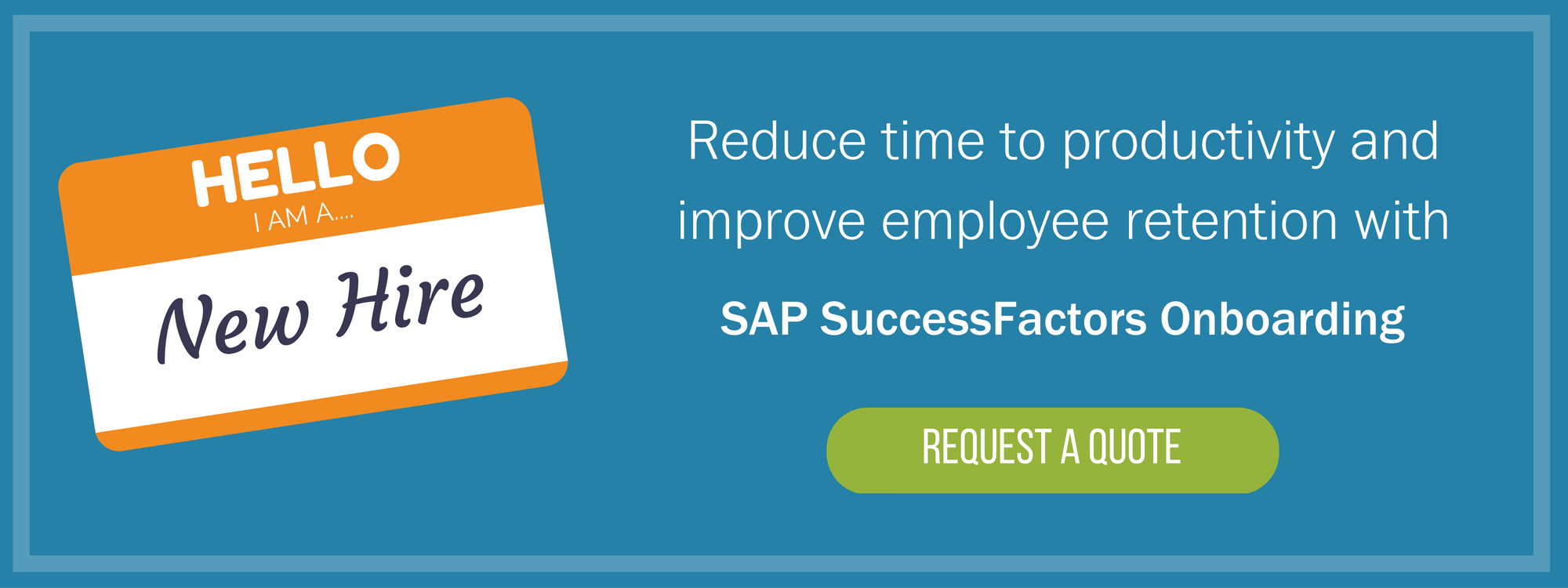Onboarding is critical to your profitability and scaling, yet 30% of companies don't bother investing in the process. Given that your employees are your most valuable resource, you cannot afford to neglect this aspect of HR management. Those with the smarts to use well-structured orientation programs are almost 70% more likely to retain their staff for three or more years. That's a a great deal of money left in the bank that would otherwise have been spent replacing and training perpetually resigning staff.
Onboarding has a solid, universal definition, but start digging deeper and you'll find that it can mean almost anything you want it to. Every organization has its own unique requirements, so your onboarding program is only effective if it's developed to fit your business's distinct needs.
Put simply, onboarding means giving your staff the knowledge, skills, and training they need to contribute to your business. The practice is still in its infancy, so it's like a caterpillar in a cocoon waiting for tomorrow's corporate superstars to turn it into a butterfly. It started its rapid evolution only a few years ago, so best practices, and even definitions, are still being developed. In 2013, it was a simple concept that carried employees through their first weeks of work, but within a year, it became standard practice to begin onboarding long before new staff had set foot in the office door for the first time.
As analytics become more complex, best practices are refined and improved. 2016 will be the year of Big Data, with HR managers crunching numbers related to every practice and its return on investment. No business can afford to take shots in the dark with their management. Every action must be thoroughly assessed so that not a cent is spent unless it offers significant improvements in staff retention, motivation levels, and profitability. That cannot be done without software, and these days, the most efficient applications use cloud-based data benchmarking services and information about external work forces. Analytics systems often draw from over a million payroll clients at once, letting you benefit from the mistakes and successes of thousands of HR managers before you.
HCM software providers will be changing the way onboarding is defined in the coming year. They'll need to shift their thinking from offering software as a service to information as a service. As clinical as that may sound, onboarding needs to focus on decidedly human elements like engagement, comfort, and convincing new staff that joining your company was an excellent decision.
Harvard Business Review recommends onboarding be carried out in person by existing staff and management, but there are plenty of facets that can be implemented in a hands-free way via technology. Software can orient employees a few weeks before their first workday so that the instant they join your team, they understand what's expected of them. Once that's done and dusted, an assimilation process must begin. You'll probably want to use a sponsor-based program for this, but software supports that process, erasing hours of hands-on training. The use of cloud-based HR systems has already made it possible for companies to spend 22% less on their human resources per person.
Video-based training, exciting new onboarding/offboarding, ATS systems are emerging, changing the way talent management is defined. Within a year, you can expect to be using new social media, feedback apps, and pulse tools to improve your strategy.


